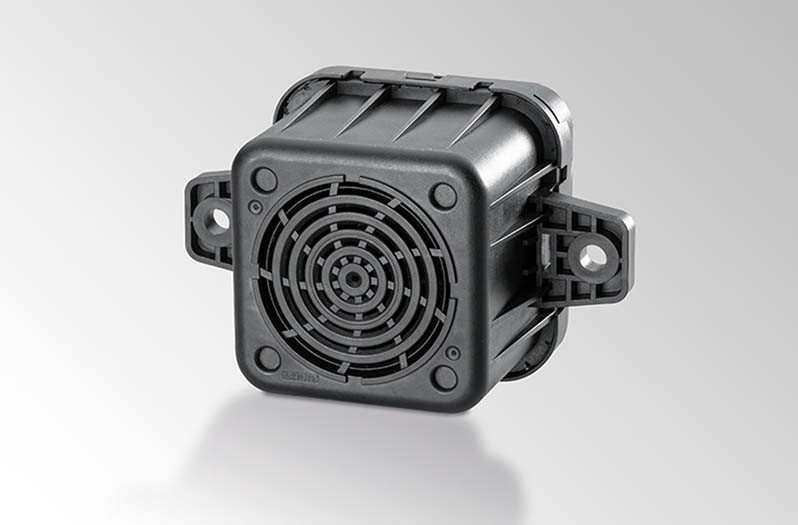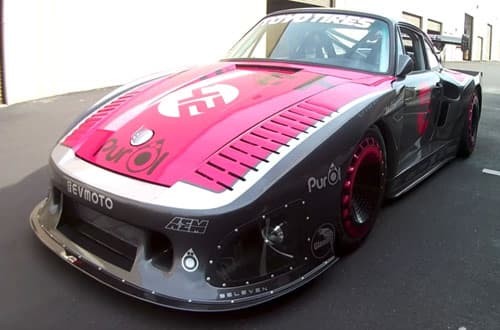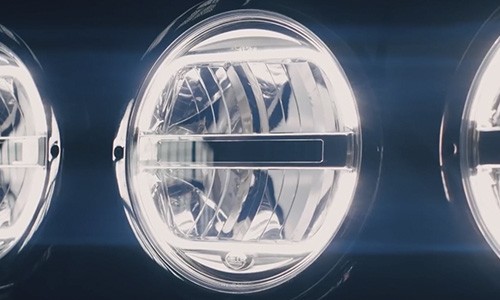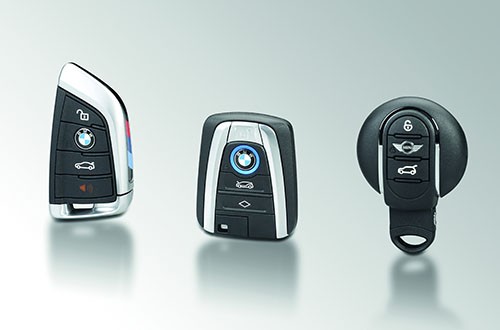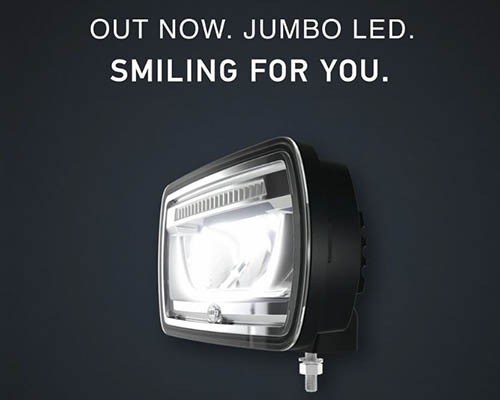Technology trends in electromobility: this is what will change for e-cars in 2023
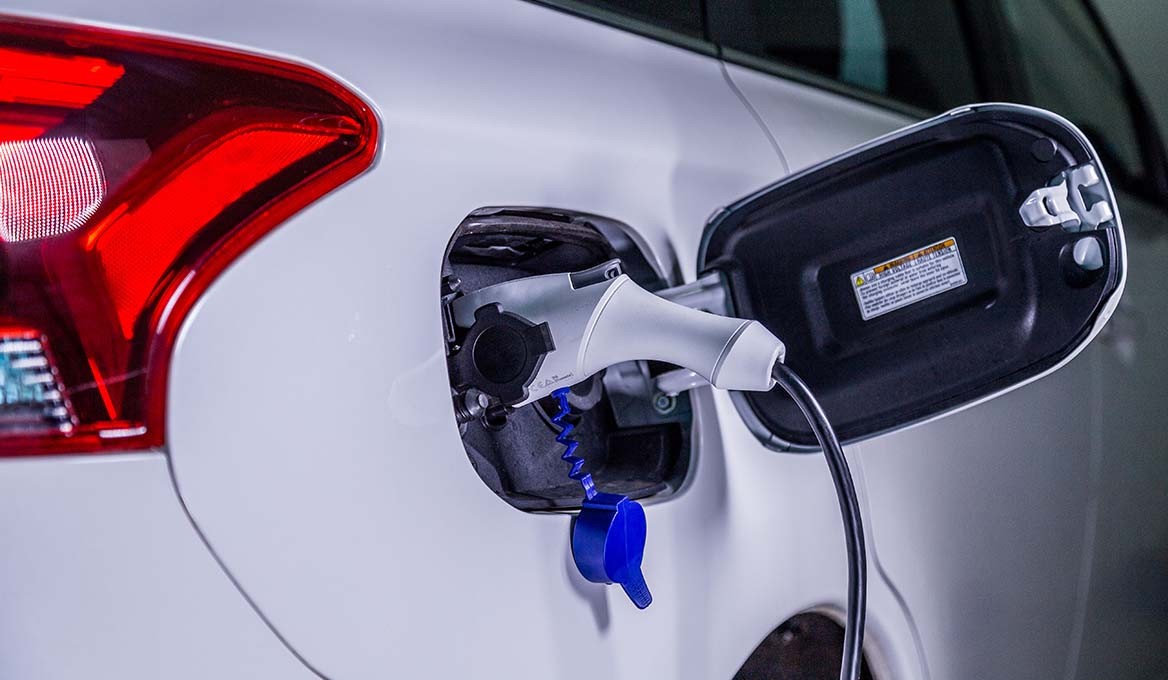
It goes without saying that the charging process is specifically electric: the electronic charge lid actuator (eLA) from HELLA, for example, aids the charging process. With the help of the charge lid actuator, more individual special functions can be integrated for extra comfort and safety. Innovative light components visualise the status of the battery and also the charging mode.
Technology trend 6: Tyre technology
Tyres of combustion engine vehicles and those of electric cars do not basically differ. The same requirements appear in the specifications. For example, a good grip on wet roads and good braking performance are equally important. However, there are four e-specific features to mention, aspects which play a special role for electric vehicles.
-Low-noise rolling behaviour as the e-vehicle itself generates hardly any driving noise
Impact on the aftermarket
With the e-car, there are fewer drive components that need to be regularly checked and maintained. Engine and gear oil is not needed, although non-conductive oils are used for lubrication and temperature dissipation in electric drive units. One essential aspect, however, is thermal management, which will be a focus of attention in the automotive service of the future. Experts speak of the new "oil change" for the servicing of e-cars, as it were, when it comes to maintaining the thermal management system and changing the cooling media system. In addition, it can be assumed that, for example, chassis components such as bearings or dampers are subject to higher wear. E-cars are simply heavier and sometimes have a more powerful performance.
In order to master "e-technology", mechanics in automotive workshops must undergo appropriate further training. Various qualifications are necessary in order to be allowed to work on high-voltage vehicles at all. HELLA offers comprehensive training courses for this purpose. Then there is the appropriate workshop equipment. For those who are still in some doubt, this starts with the lifting platform, which has to bear heavier weight; the workplace must also be equipped with appropriate safety precautions. The result of all this, however, is that automotive businesses will not be short of work. On the contrary: new and exciting "high voltage" tasks are just waiting for them!
